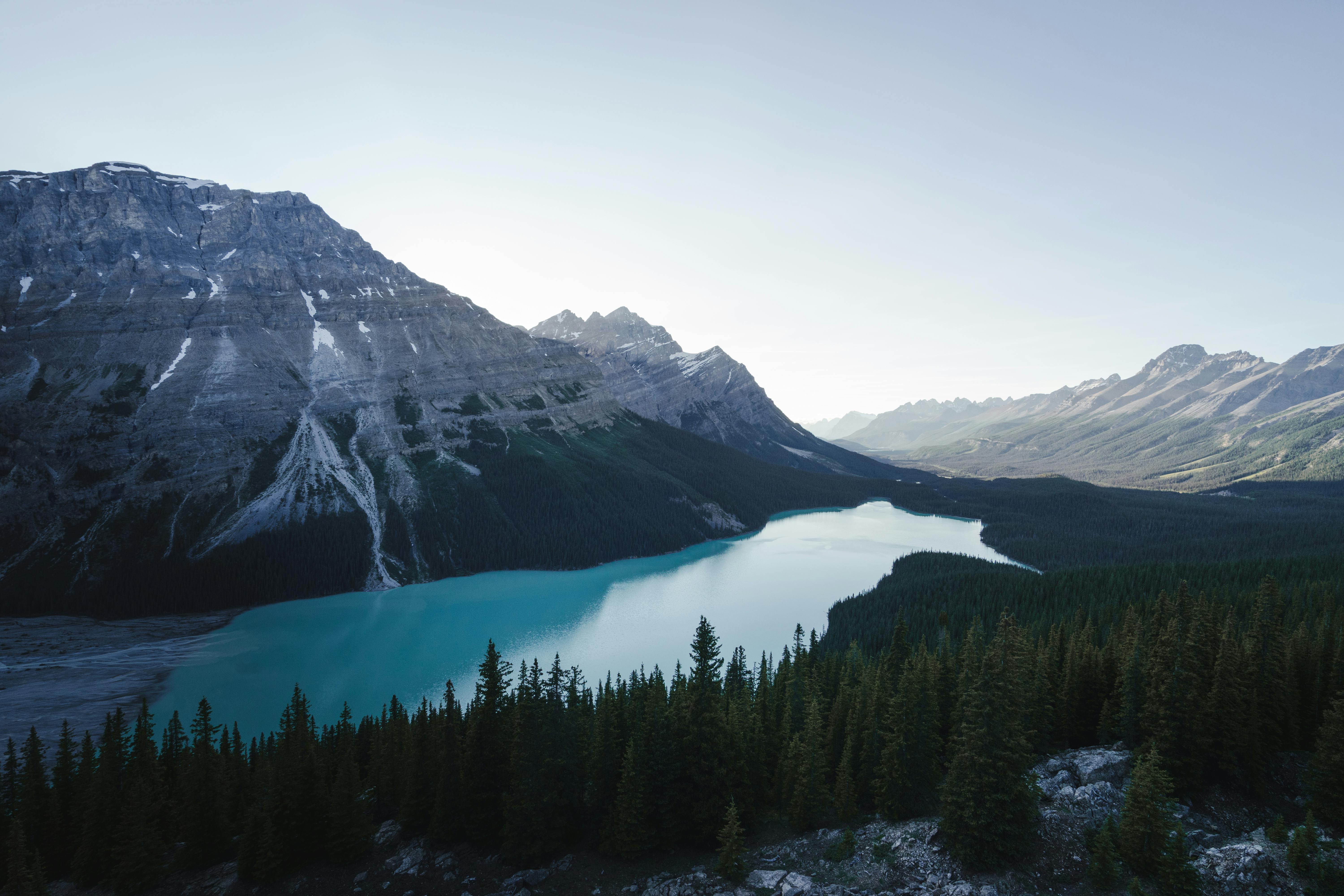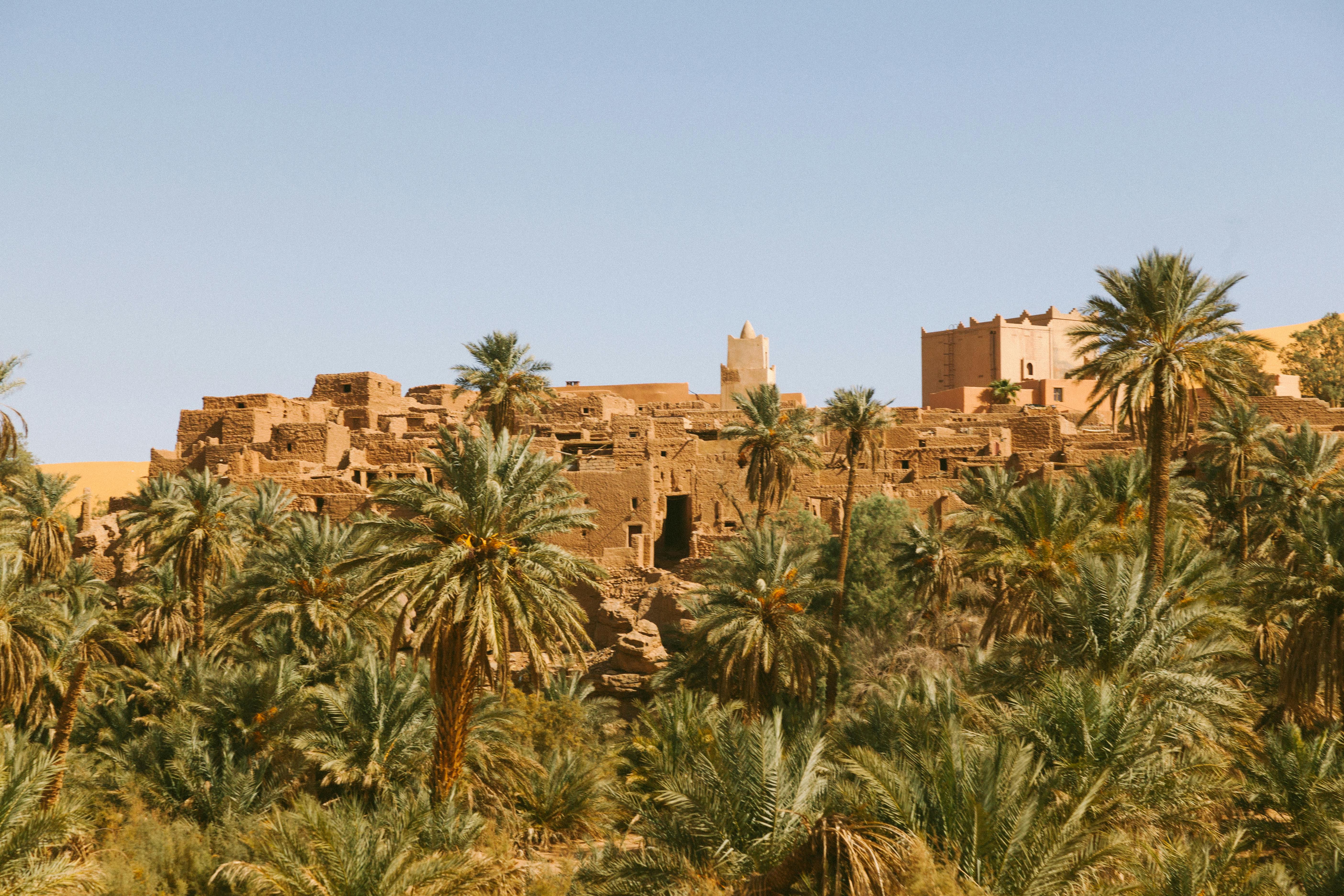The New Forest National Park is the largest unenclosed forest, pasture, heathland and woodland in the south of England. It covers south-west Hampshire and extends into Wiltshire and Dorset. It was created as a royal forest by William the Conqueror around 1079 so that he could use it as his private hunting ground. The New Forest was first described as the ‘Nova Foresta’ in the Book of Doomsday in 1086.
The local forest dwellers at this time were prohibited from enclosing their land so that the King could chase deer and pigs throughout the forest without hindrance. It was at this time that peasants were granted common law rights to graze their animals throughout the forest which has continued to this day. One of the great tourist attractions of the forest is that you will see cattle, ponies, horses, donkeys, pigs and, if you are lucky, deer, roaming freely through the 65,000 hectares of forest.
Several families were forced to move from their homes so that King William could enjoy hunting. Some historians believe that William paid a heavy price for this act, as two of his sons, Prince Richard and Rufus (King William II), were killed in the woods. The last known king to exercise any royal hunting rights was James II.
Throughout the Middle Ages, the forest was an important source of wood. After predominant use as a hunting ground, the Crown passed various laws to ensure that new enclosures were established to replace demolished forests and the Rolling Power of Enclosure was born. New Forest timber was used in the shipbuilding industry and for the growth of settlements connecting the port with the cities. In fact, the forest continued to be a major contributor to the military until World War II, providing significant amounts of wood for the war effort from 26 sawmills located throughout the area.
The New Forest was designated a Site of Specific Scientific Interest in 1971 and was granted special status as a New Forest Heritage Area in 1985. Proposed as a UNESCO World Heritage Site in 1999, it was finally made a National Park in 2005.
There is much to see and do in the forest. For wildlife enthusiasts, especially a walk through the woods will reveal all kinds of animals. Wandering ponies and donkeys will be first on the list, often trying to figure out if you have a picnic. Throughout the forest wild deer roam freely. They’re easy to spot from the platforms in Bolderwood, but you’re just as likely to spot them anywhere in the woods if you walk quietly. The forest is home to a number of species including muntjac, red, fallow, roe deer and sika deer.
For those simply interested in nature, the New Forest offers a home for a fascinating variety of fauna and flora. The woodlands are some of the best examples of deciduous woodland in Britain and comprise mainly oak, beech and holly, although there is a wide variety of trees throughout the park. Bell-heather and bluebells, gorse, gorse and primroses line many of the trails.
The New Forest is now a stronghold for several bird species including Curlew, Northern Lapwing, Redshank, Eurasian Snipe, Dartfordian Warbler, Skylark, Stonechat and Nightjar. With such an abundance of natural prey, the forest is also home to a number of birds of prey such as vultures, kestrels and tawny owls.
The forest is easy to reach by train from London (London Waterloo – Poole service approx 1 hour 30 minutes to Brockenhurst). Stations are located at Ashurst, Brockenhurst, Sway and Lymington (but not all are in direct service). Other attractions in the surrounding area include the Beaulieu Motor Museum, Paulton Park and the Isle of Wight.
The forest welcomes many visitors throughout the year. There are numerous hotels, bed and breakfasts, self-catering cottages and camping and caravanning destinations in the New Forest. There are stately homes where you can enjoy luxurious surroundings and enjoy the spa facilities. There are intimate bed and breakfast establishments where the owner will point out the best places to visit and eat. Meanwhile, the natural beauty of the new forest awaits investigation.
The easy way to find accommodation in the New Forest is to visit The New Forest Hotels www.TheNewForestHotels.co.uk. All accommodation types are listed with links to individual establishments to help you make your reservation.



